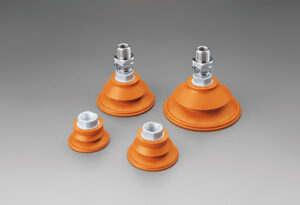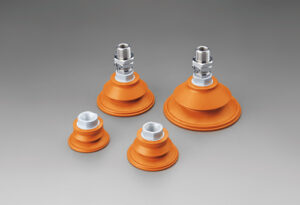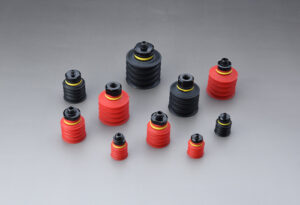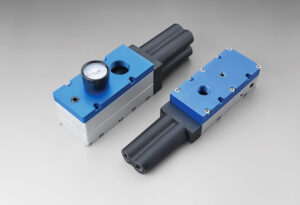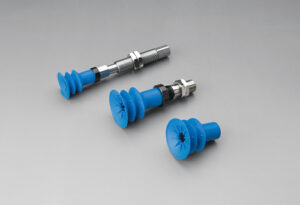Introduction:
Vacuum generators enable material handling, packaging, and pick-and-place operations in various industries. If you’re in the market for a vacuum generator, it’s crucial to understand the key factors influencing its efficiency and suction power. By optimizing these factors, you can ensure that your vacuum generator performs optimally, saving energy and improving productivity.
Understanding Vacuum Generator Efficiency:
Efficiency is a critical aspect to consider when selecting a vacuum generator. It directly impacts the energy consumption and cost-effectiveness of the system. Several factors influence the efficiency of a vacuum generator:
- Design: The design of the vacuum generator significantly impacts its efficiency. Optimal strategies focus on maximizing the conversion of input energy into suction power while minimizing energy losses. Look for vacuum generator suppliers that offer advanced and efficient designs.
- Operating Pressure: The operating pressure, typically expressed in terms of vacuum level, affects the efficiency of the vacuum generator. Selecting a vacuum generator that works at the desired vacuum level for your specific application requirements is essential.
- Airflow Dynamics: The airflow dynamics within the vacuum generator play a crucial role in its efficiency. Smooth airflow channels and appropriate nozzle designs can minimize energy losses and maximize suction power.
Key Factors Influencing Suction Power:
In addition to efficiency, suction power is another important consideration when choosing a vacuum generator. Suction power determines the strength of the vacuum and its ability to hold and lift objects. Here are the key factors that influence suction power:
- Vacuum Level: The vacuum level, measured in units like inches of mercury (inHg) or pascals (Pa), directly affects the suction power of a vacuum generator. Higher vacuum levels generally result in more robust suction capabilities.
- Nozzle Design: The design of the nozzle or suction cup used in conjunction with the vacuum generator plays a crucial role in optimizing suction power. The nozzle’s shape, size, and material impact the contact area and seal with the object being lifted, influencing suction efficiency.
- Sealing Mechanisms: Effective sealing mechanisms between the suction cup and the object are essential for maximizing suction power. Quality suction cups with appropriate sealing materials can enhance the vacuum’s holding force.
To find the right vacuum generator for your needs, it’s essential to consider these factors and ensure they align with your specific application requirements.
Optimizing Design for Efficiency and Suction Power:
To maximize a vacuum generator’s efficiency and suction power, it’s essential to pay attention to its design. Consider the following design aspects when selecting a vacuum generator:
- Nozzle Size: The nozzle or suction cup size should be suitable for the objects you intend to handle. An appropriately sized nozzle ensures efficient airflow and a proper seal, leading to optimal suction power.
- Airflow Channels: The design of the airflow channels within the vacuum generator affects its overall performance. Smooth and unobstructed airflow channels minimize energy losses and maximize suction power. Look for vacuum generators with well-designed airflow paths.
- Material Selection: The choice of materials for the vacuum generator can impact its durability, performance, and compatibility with different applications. Consider chemical resistance, temperature tolerance, and wear resistance when selecting a vacuum generator.
When searching for vacuum generators, finding a reliable supplier that offers high-quality products is essential. Look for Vacuum Generators suppliers that specialize in providing efficient and reliable solutions. They should offer a wide range of vacuum generators for sale and cater to various industries. Consider engaging with a wholesale Vacuum Generators supplier if you require multiple units or specific customization.
By optimizing the design and considering the key factors influencing efficiency and suction power, you can select a vacuum generator that meets your requirements and achieves optimal performance.
Conclusion
When purchasing, understanding the factors that influence the efficiency and suction power of vacuum generators is crucial. By considering factors such as design, operating pressure, airflow dynamics, vacuum level, nozzle design, and sealing mechanisms, you can optimize the performance of your vacuum generator. Additionally, working with a reliable Vacuum Generators supplier that offers a wide range of products and wholesale options can ensure you find the right solution for your needs.



